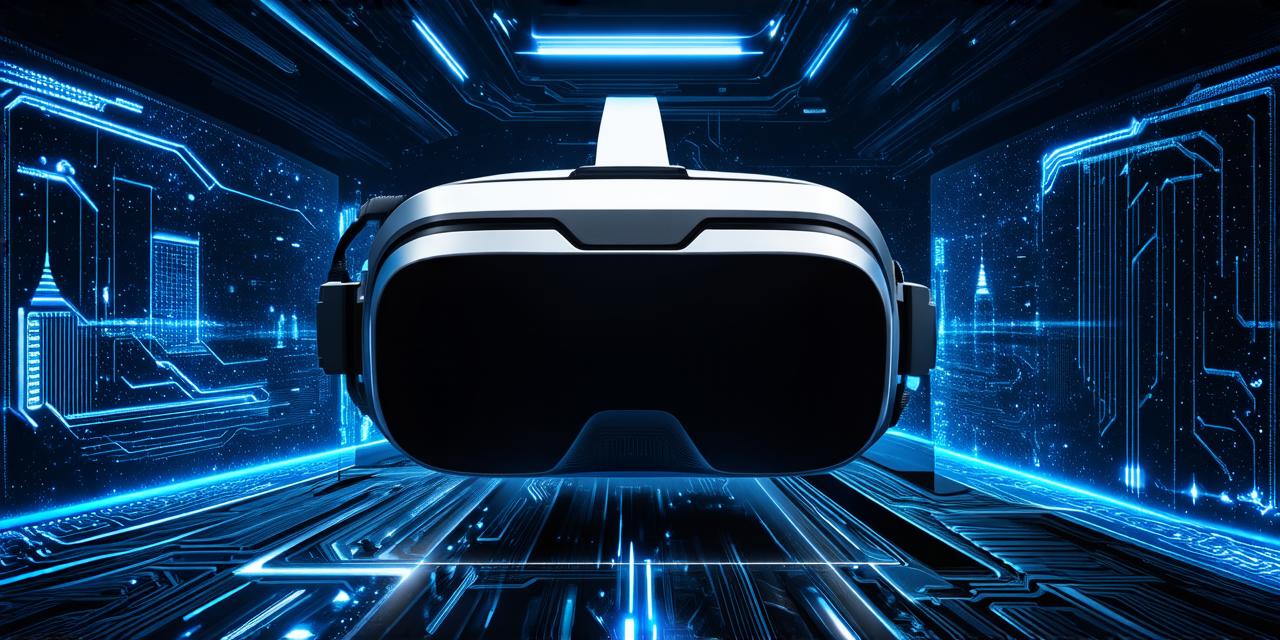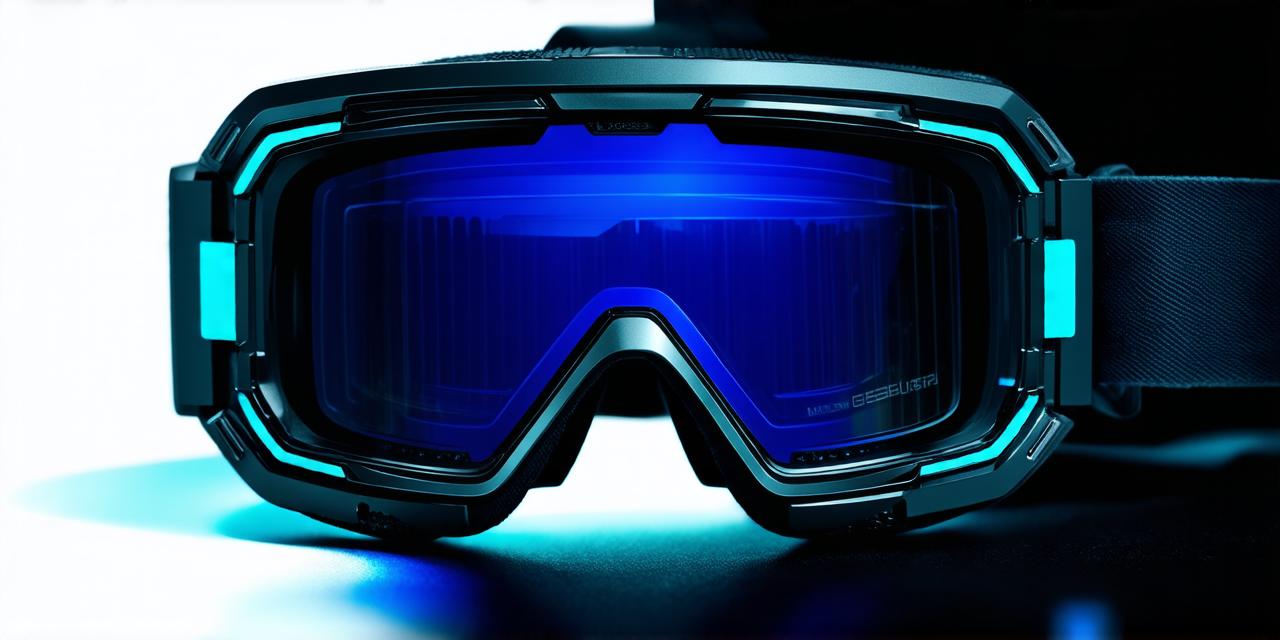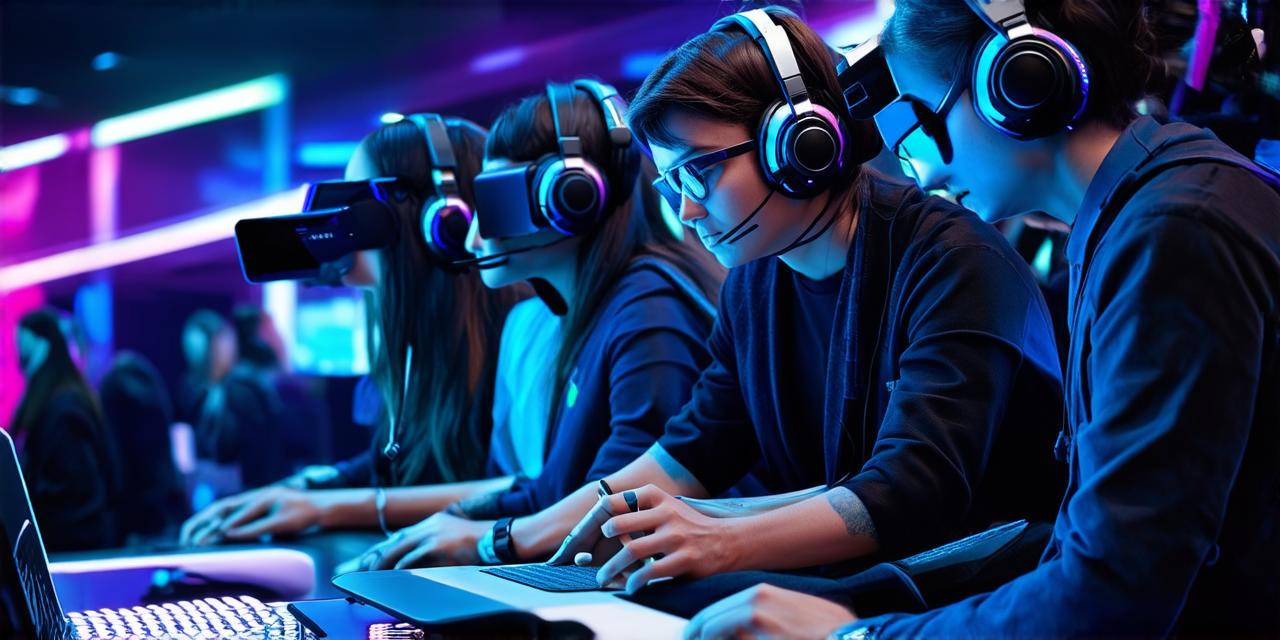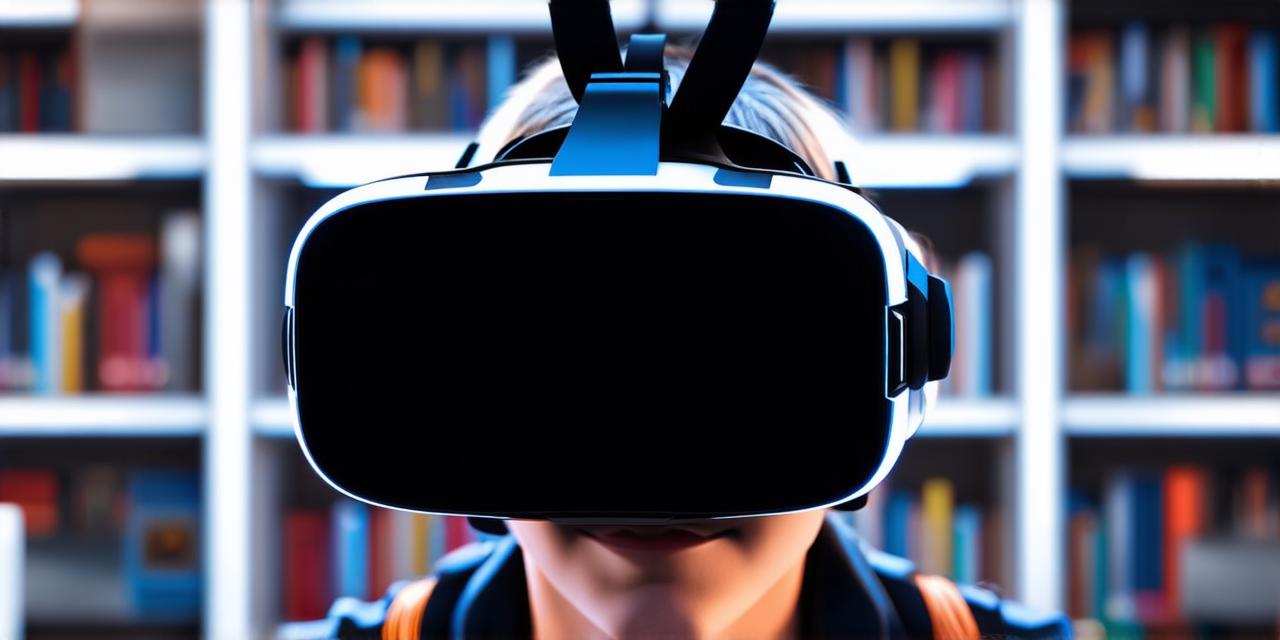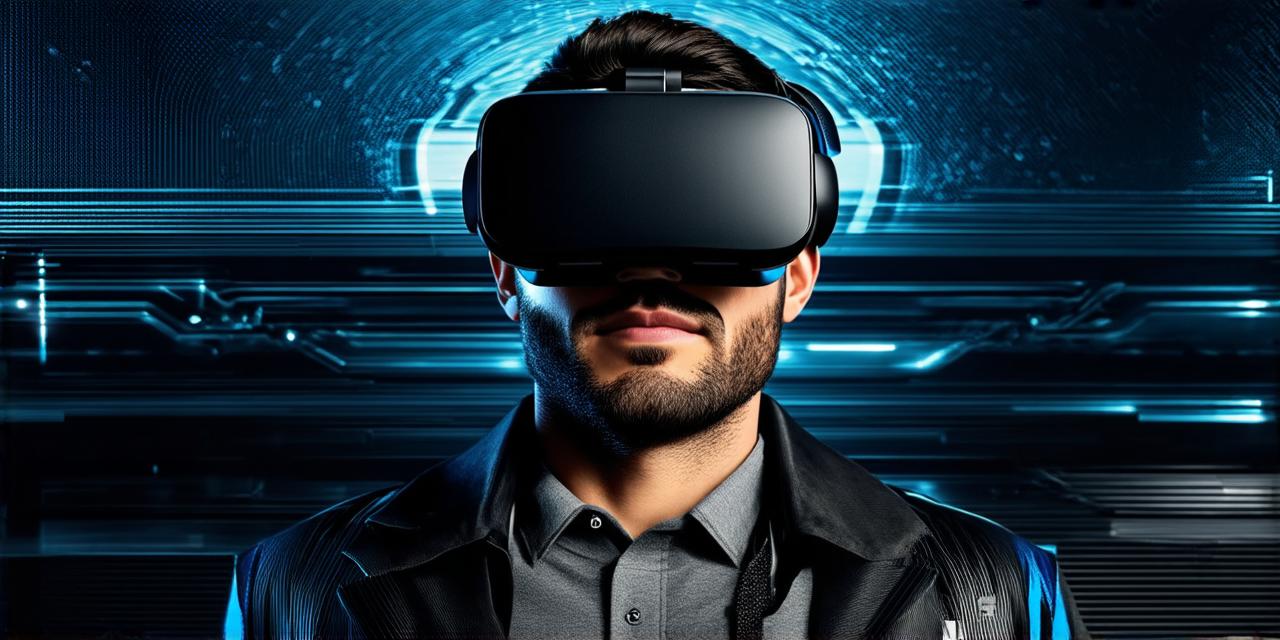Gaming
Virtual reality’s most well-known application is in gaming. With a VR headset and controllers, gamers can enter a fully immersive virtual world and interact with characters and objects within it. The possibilities are endless, from exploring vast open worlds to engaging in intense combat scenarios. Popular VR games include “Beat Saber”, “Job Simulator”, and “Tilt Brush”.
Training and education
Virtual reality is also being used in training and education to create realistic simulations that allow people to practice skills in a safe environment. For example, medical students can use VR to simulate surgeries, allowing them to practice their skills without risking harm to real patients. In addition, pilots can practice flying in virtual environments, providing them with valuable experience without the risk of crashing an actual plane.
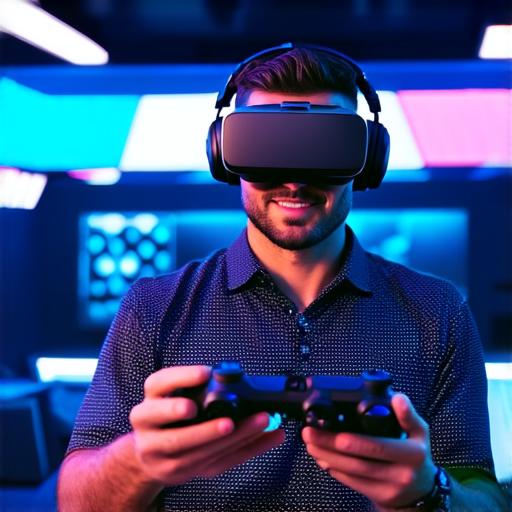
Therapy and rehabilitation
Virtual reality is being used in therapy and rehabilitation to treat a range of conditions, including PTSD, anxiety disorders, and chronic pain. For example, VR exposure therapy can be used to help patients overcome phobias or anxieties by exposing them to virtual representations of their triggers in a controlled environment. In addition, VR can be used for physical rehabilitation by allowing patients to practice movements and exercises in a virtual environment that mimics real-world situations.
Architecture and design
Virtual reality is being used in architecture and design to create realistic simulations of buildings and environments that can be explored and modified in a virtual world. This allows architects and designers to test and refine their designs before they are built, saving time and money. In addition, VR can be used to create virtual tours of buildings or landscapes, allowing people to experience them in a way that is not possible with traditional 2D media.
Tourism and travel
Virtual reality is being used in tourism and travel to allow people to explore virtual representations of popular destinations without leaving their homes. For example, users can take a virtual tour of the Eiffel Tower or explore the Great Barrier Reef from the comfort of their living room. This allows people to experience different cultures and landscapes in an immersive and interactive way, even if they cannot physically visit them.
Virtual events and experiences
Virtual reality is being used in various events and experiences, from concerts to conferences. For example, users can attend a virtual concert or conference from anywhere in the world, experiencing the same level of immersion and interaction as if they were physically present. This allows for greater accessibility and inclusivity, particularly for people who cannot physically attend due to distance or other constraints.
Conclusion
In conclusion, virtual reality is a rapidly growing technology that has found its way into various industries, transforming the way we learn, work, and play. From gaming to healthcare, VR is being used to create immersive experiences that feel as if users are physically present. As VR continues to evolve and become more accessible, it will likely play an increasingly important role in our daily lives.
